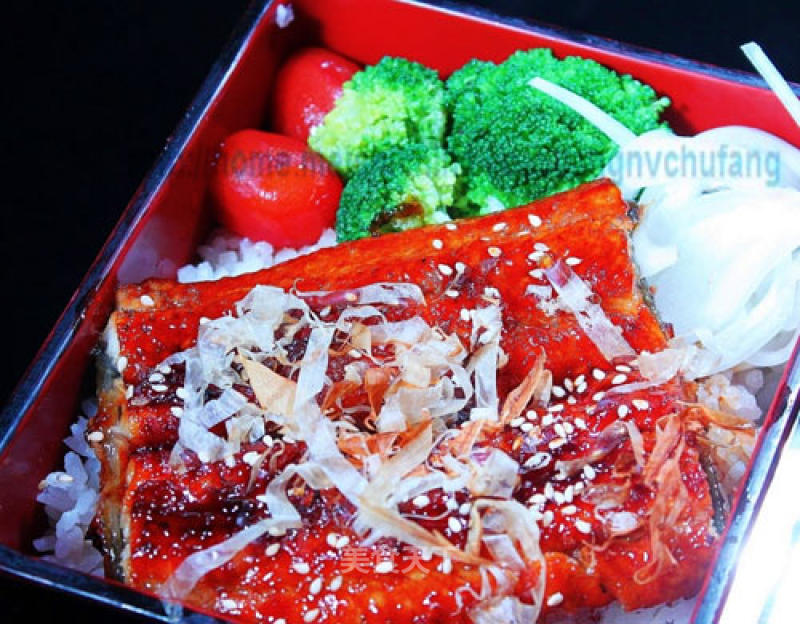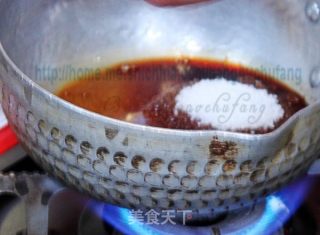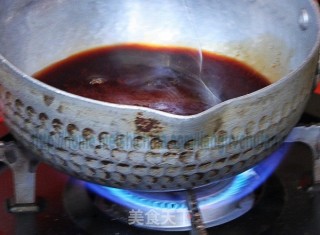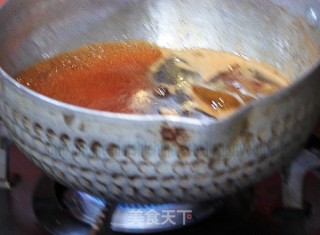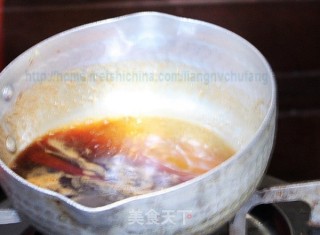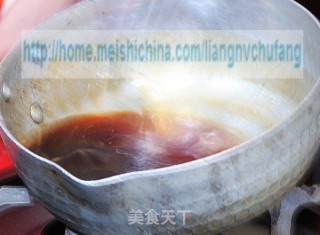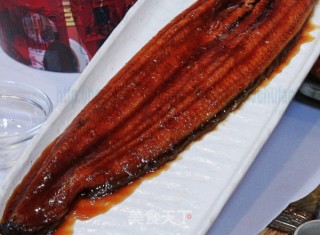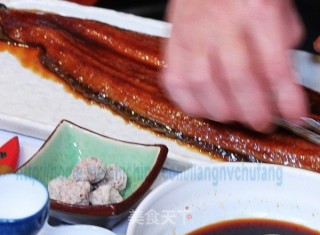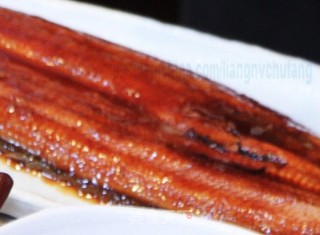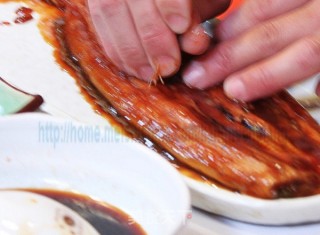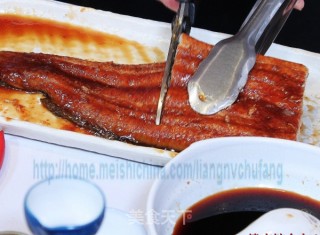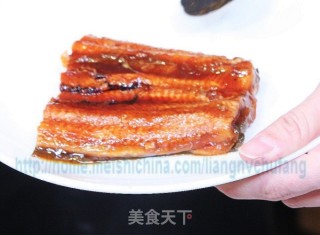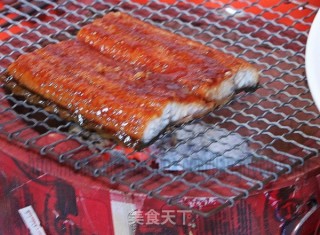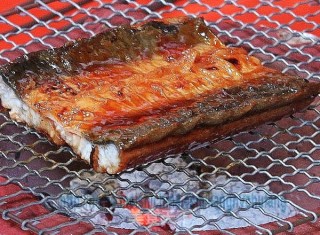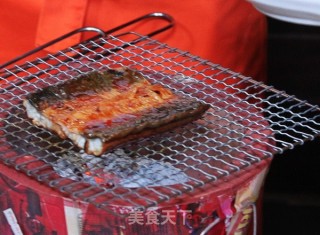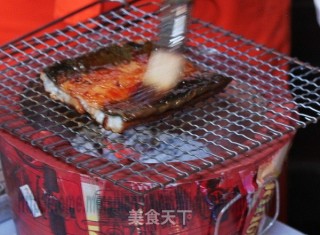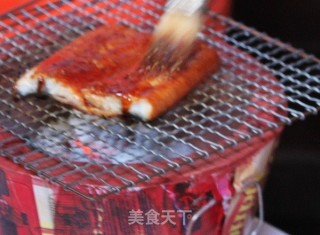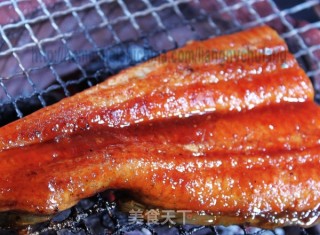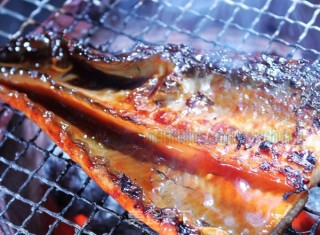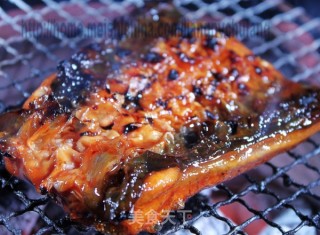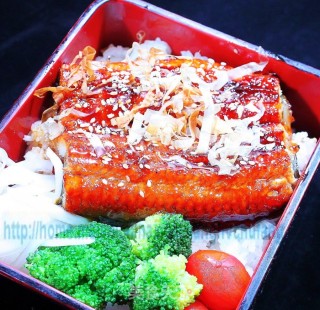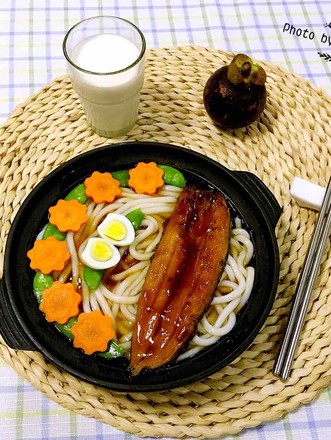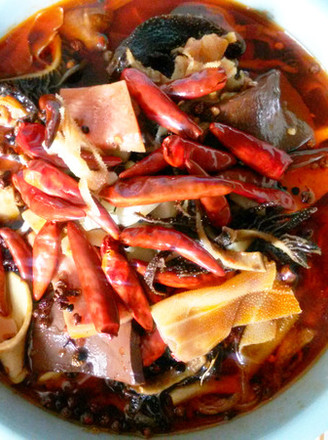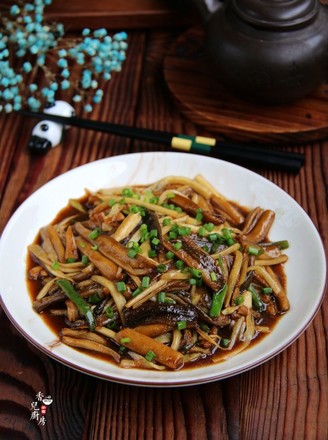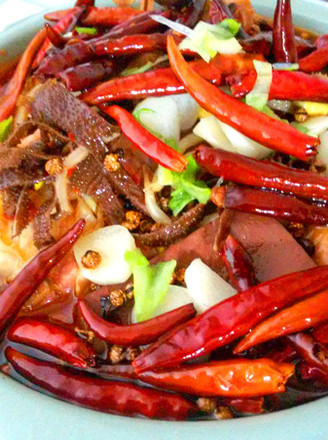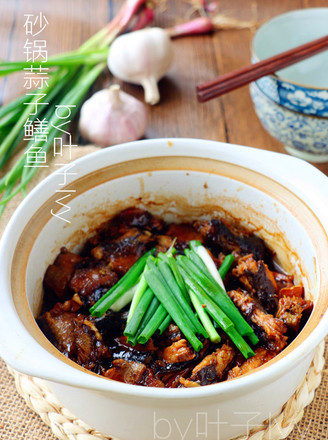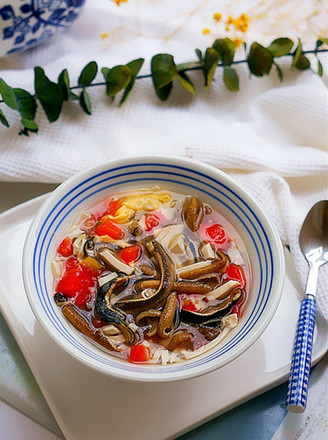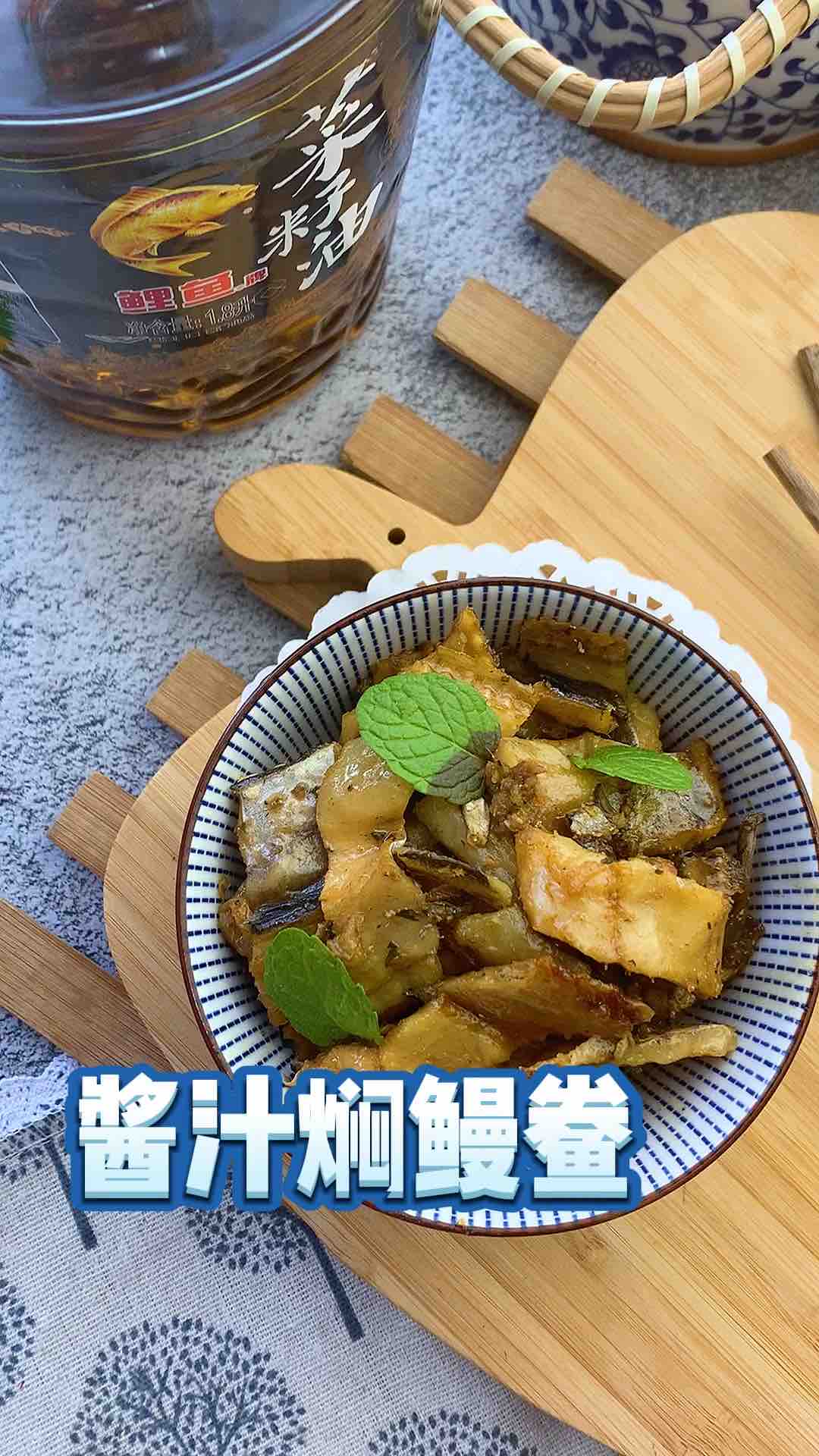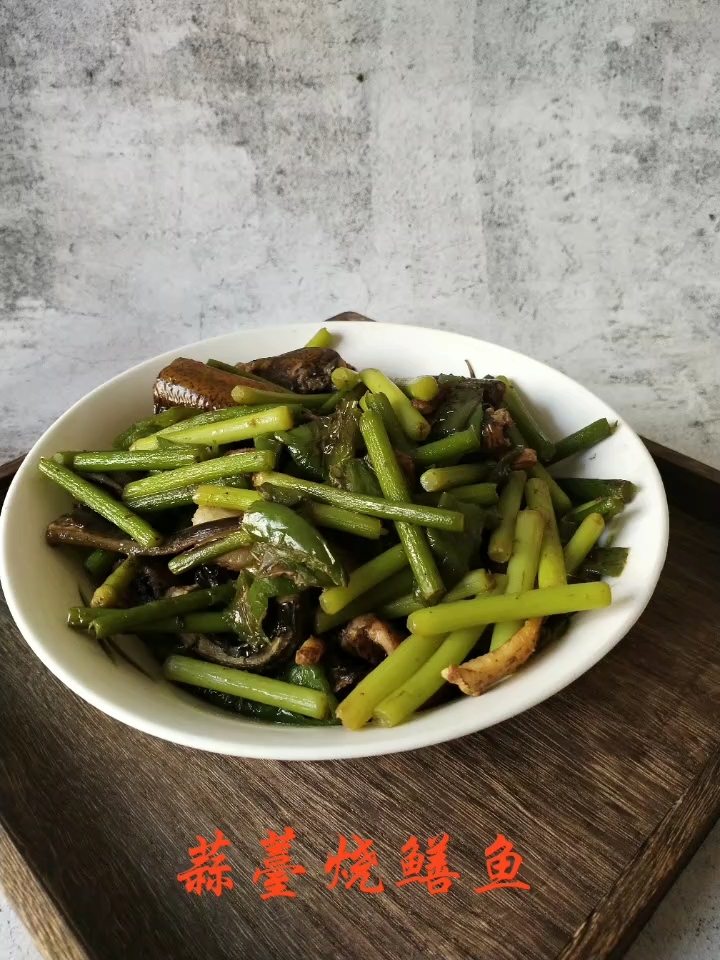Japanese Style Kabayaki Eel Rice
by Pretty girl kitchen
Favorite
Difficulty
Hard
Time
1h
Serving
2
Eels are nutritious and easy to digest. It has the effects of nourishing blood, removing dampness, anti-tuberculosis, etc. It is especially suitable for eating when the dampness is too heavy, the appetite is weak, and the body is weak. When eating eel, the Japanese always pair it with rice: put a large piece of eel on the rice, put vegetables on it, and then pour the eel juice into the rice, which is nutritious and delicious.
Kabayaki eel, the special fishy smell of the eel itself will be completely removed, it tastes sweet and delicious, and it is first-class to eat with rice, and it matches the sweetness of the rice seamlessly. It is the most worth learning dish in Japanese cuisine.
There are two types of eels, river eels and conger eels. Japanese people eat conger eels. There is a big difference in nutritional value between river eel and sea eel, and river eel is white eel. The sea eel and river eel are also different in taste, and the taste of river eel is much worse.
According to the Japan Food and Nutrition Research Association, most of the rich fats in sea eels are unsaturated fats that are good for the human body. Among them, DHA (an essential fatty acid for humans, commonly known as "brain "Gold") and EPA (unsaturated fatty acids that are beneficial to neurodevelopment). In addition, its body also contains a rare xihe lock protein, which has a good function of strengthening the kidney and is especially suitable for young men to eat. Eel is also a calcium-rich aquatic product. Regular consumption can increase the blood calcium level and make the body stronger.
The delicate taste is because of the amino acids it contains, one of the amino acids can make the taste softer and sweeter. Moreover, the eel has a lot of fat and less water, so it feels like it melts in the mouth. "
Kabayaki eel, the special fishy smell of the eel itself will be completely removed, it tastes sweet and delicious, and it is first-class to eat with rice, and it matches the sweetness of the rice seamlessly. It is the most worth learning dish in Japanese cuisine.
There are two types of eels, river eels and conger eels. Japanese people eat conger eels. There is a big difference in nutritional value between river eel and sea eel, and river eel is white eel. The sea eel and river eel are also different in taste, and the taste of river eel is much worse.
According to the Japan Food and Nutrition Research Association, most of the rich fats in sea eels are unsaturated fats that are good for the human body. Among them, DHA (an essential fatty acid for humans, commonly known as "brain "Gold") and EPA (unsaturated fatty acids that are beneficial to neurodevelopment). In addition, its body also contains a rare xihe lock protein, which has a good function of strengthening the kidney and is especially suitable for young men to eat. Eel is also a calcium-rich aquatic product. Regular consumption can increase the blood calcium level and make the body stronger.
The delicate taste is because of the amino acids it contains, one of the amino acids can make the taste softer and sweeter. Moreover, the eel has a lot of fat and less water, so it feels like it melts in the mouth. "

